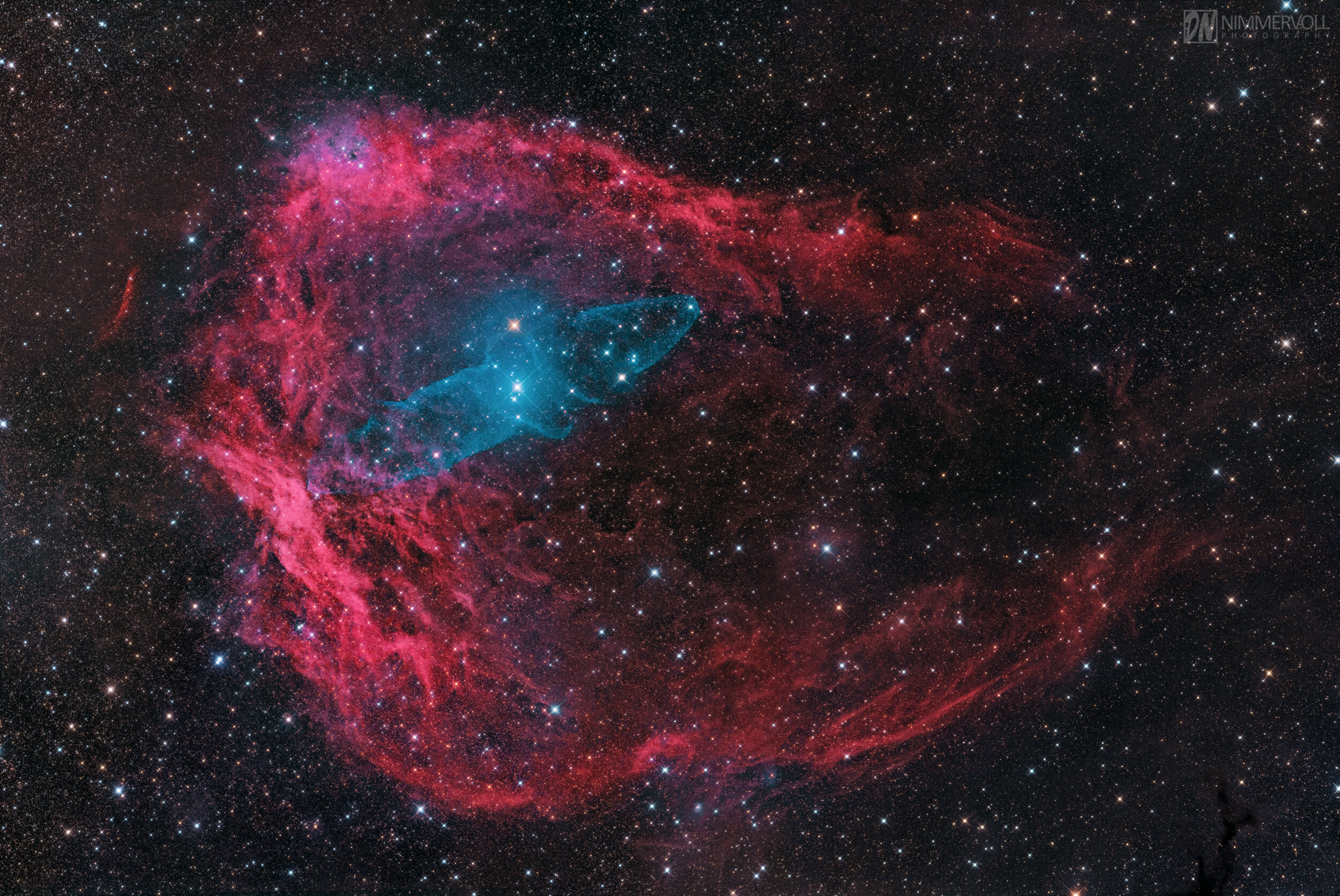SH2-129 & Ou4
Image Description and Details :
Today I want to show you my most elaborate DeepSky object. And that is SH2-129 & Ou4
The Bat and Squid Nebula in the constellation of Cepheus.
Ou4 is also called "the flying bat and giant squid nebula". This is the penis-like shape with the special blue-green emissions of double-ionized oxygen atoms. The squid nebula was discovered in 2011 by the French astrophotographer Nicolas Outters and is very faint.
Therefore, I took all pictures with a new moon as possible.
The entire field is approx. 3 degrees or 6 full moons wide! As a result, I had to make a 4-part mosaic with 6 "f / 4 Newton at 600 mm focal length. So actually a huge object in the night sky.
The image processing was then again a challenge. Above all, a picture that was as natural as possible with the "right" colors was important to me. I also like star colors
---------------------------------------------
Recording dates:
Location: Upper Austria
Recording date: May to June 2021
Distance: 2300 light years
Diameter: 50 light years
Exposure: 122 x 300 sec. For RGB
151 x 900 sec. With dual narrowband
Total: 48 hours
Calibration: Darks / Flats / DarkFlats
Mount: Skywatcher EQ6-R PRO
Telescope: TS 6 ″ Newton Carbon 150/600
Corrector: Lacerta GPU coma corrector
Filters: Astronomik L2 UV-IR Block 2 ″ and Optolong Filter L-eXtreme 2 ″
Camera: QHY268c @ Gain 0 at -15 ° C
Guiding: ZWO OAG with QHY5III462c and PHD2
Heaven: Mag. 21.67
Software: APP / Photoshop CC / NHF-sharpen
Copyright: Daniel Nimmervoll
AAPOD2 Title: SH2-129 & Ou4
AAPOD2 Page Link: https://www.aapod2.com/blog/sh2-129-and-ou4
Submit Your Photo!


